
Catfish Smoking Methods
July 28, 2022, 3:31 pm
Smoking is the major preservation methods of catfish farming and inland fishery.
Catfish Smoking Methods
The usual practice is to suspend catfish over fire in a traditional mud smoke house or kiln. Uncontrolled burning of wood during the process results in products which are often charred and brittle. The shelf-life of catfish is enhanced by hot smoking at the expense of the nutritive value.
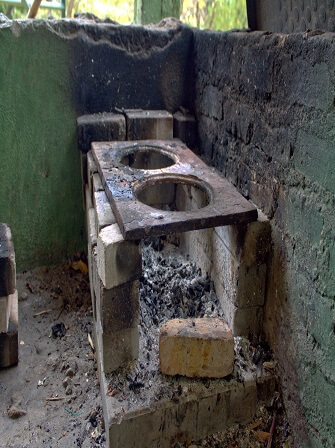
Many smoking kilns have been developed and tried and some are very successful. These are Altonal Kiln, Watanable Kiln, the NIOMR Kiln and Kainji Gas Kiln.
TYPES OF CATFISH SMOKING
Catfish can be cold or hot smoked
Cold Smoking
The catfish temperature does not exceed 30°C so that the flesh remains uncooked. The flavor of smoke is thus imparted to the product without much thermal damage to the nutritive value of the catfish. Cold-smoked catfish will not keep long at ambient temperature and should be frozen if there is need for storage. Cold-smoked catfish has the following benefits over hot-smoked catfish:
- Attractive appearance
- Savoury flavor
- High nutritive value
In the market, cold-smoked catfish should be displayed in cabinets maintained at temperature of 0°C or be placed on metal trays embedded in ice and screened from flies.

Hot Smoking
During hot smoking, the catfish is cooked therefore the temperature is allowed to rise to about 80°C. It is traditional smoking in tropical countries and offers extended shelf-life.
The primary aim of hot smoking is to preserve the product’s flavor and colour arising as a result of the preservation function. In an attempt to produce the product safe from mould, fragmentation and bacteria infestation during short term storage at ambient tropical temperature, the catfish may be so dried as to become charred or brittle.
Such poor quality product rarely appeals to consumers and hardly fetches good price at the market.
PRESERVATION EFFECTS OF SMOKING
Preservation Action of Smoke
Smoke is considered to contain protective and effective compounds and acids that contribute to catfish preservation.
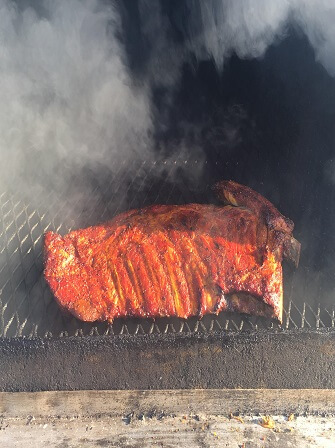
Smoke thus acts as an effective:
- Antioxidant
- Bacteria ostatic
- Bactericidal agent
- Provider of covering film on the surface of smoked catfish
SALTING CATFISH
Salting is usually used traditionally, it involves application of salt directly or indirectly. In conjunction with drying or smoking either in the sun or mechanically using dryers, salt removes moisture through the process of osmosis, thus making medium unsuitable for germs to grow. Such factors as temperature, fattiness of the catfish, freshness of the catfish, thickness of the catfish and the purity of the salt used for curing influence the rate of salt uptake and moisture loss.
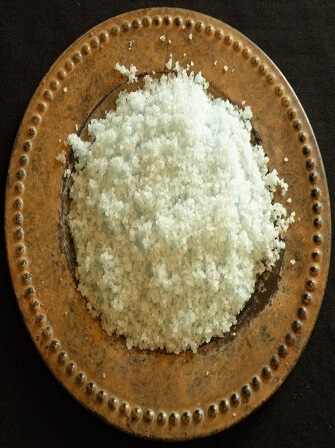
The main problem with salted catfish is in its taste. Little can only be taken by the consumer at a time, hence desalting is usually important before consumption particularly heavily salted catfish.
Salting is carried out in the following ways:
Dry Salting: This method is normally used for low fat catfish. Catfish are beheaded, cut-opened, gutted and washed in clean water. In dry salting, granulated salt is applied by sprinkling or rubbing over the surface of the catfish before sun-drying. Dry salting being a simple operation has high rate of salt penetration and fast drying effects. On the other hand, the product appears bad due to partial penetration of salt and fast fat oxidation (direct exposure)
Kench Salting: This involves using salt (40% to 50%) by weight of catfish to be preserved. The arrangement is such that, between layers of catfish is enough salt and the liquid extracted from the catfish by the salt is allowed to drain away. After a period in salt (3 to 4 days) the salt would have evenly penetrated into the flesh to saturate the residual water to give a ‘green cure’
Brine Salting: The intended catfish for brining should be handled carefully, quickly by beheading, gutting, cut-open or splitting and washing. Prepare brine by making saturated salt solution (360g/liter) in the tropics subject to ambient temperature. The catfish is immersed in the saturated brine for a few days (5 to 6 days) equilibrium salt content. The preservation is effected by other techniques e.g. smoking or drying.
The brine could be a potential source of bacteria contamination if the same brine is reused several times to cure different batches of catfish. It is more expensive than dry method and labourious as it requires persistent stirring. There is uniform penetration of salt, better taste (good flavor) and appearance of catfish and less spoilage from rancidity (no exposure)
CATFISH PRESERVATION
In commercial marine fishing and fish farming, preservation equipment namely ice plant, air blast freezers and vertical plate freezers are installed in catfishing trawlers and used as hold points where required (i.e. after proper handling) to ensure that catfish are landed while still fresh at bayside or port.
In the canoe fishery, the absence of preservation facilities on board canoes may be attributed to the nearness of most catfishing grounds to the satellite catfishing camps along the banks where unsold catfish are promptly hot-smoked using traditional methods. The commonest catfish preservation methods usually embarked upon for commercial purposes are icing, freezing, cold storage, salting and smoking.
In essence, in order to reduce catfish spoilage, a set of practices should be observed:
- Handle the catfish quickly
- Handle the catfish carefully
- Keep the catfish clean
- Keep the catfish cool
CURRENT TREND IN CATFISH PRESERVATION
This has to do with modern development in catfish preservation. It involves the application of scientific principles and various current techniques to slow down or stop completely the natural processes of catfish decay caused by microorganisms and enzymes.
The principle of catfish preservation may be stated as follows:
- Destruction or inactivation of the enzymes may prevent or delay autolysis
- Bacterial activities which account for the food spoilage may be prevented or delayed by either disallowing the entry of microorganisms into foods, physically removing (washing) microorganisms from the food or hindering their growth and activities or even destroying them if they are already part of the food
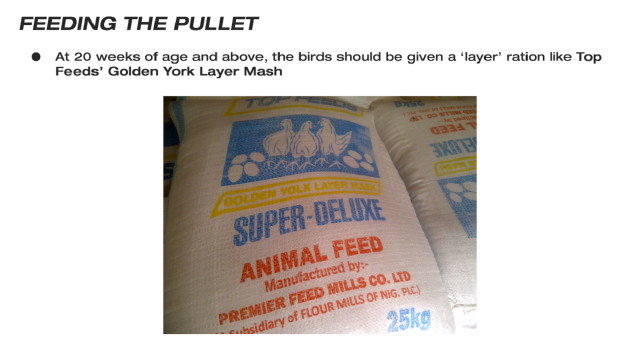
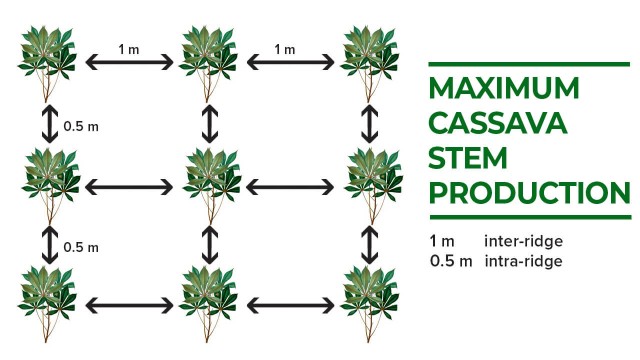

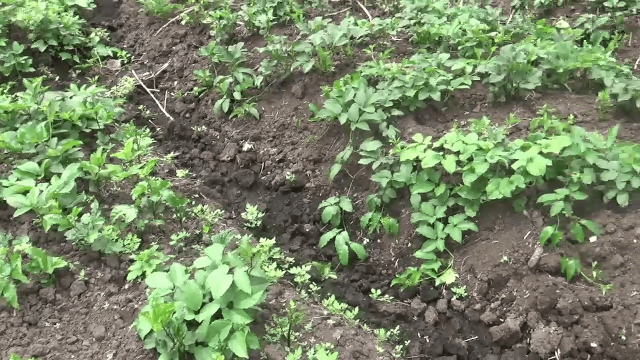
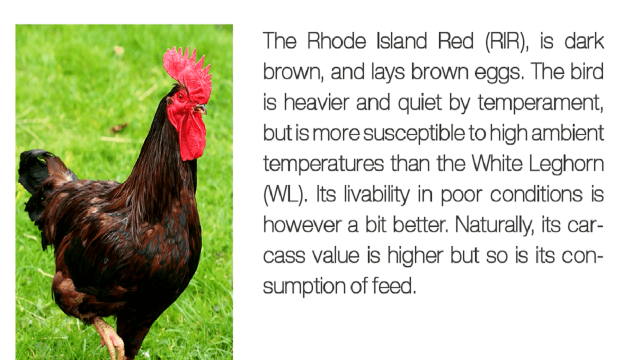
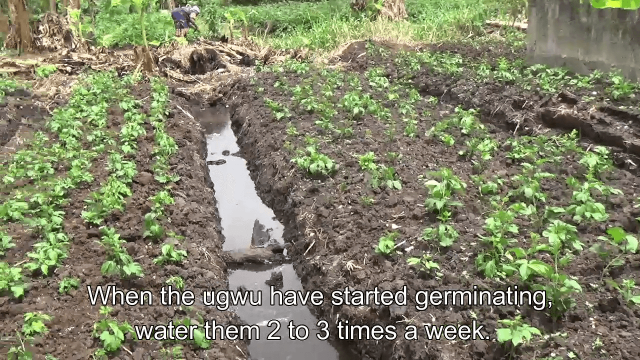
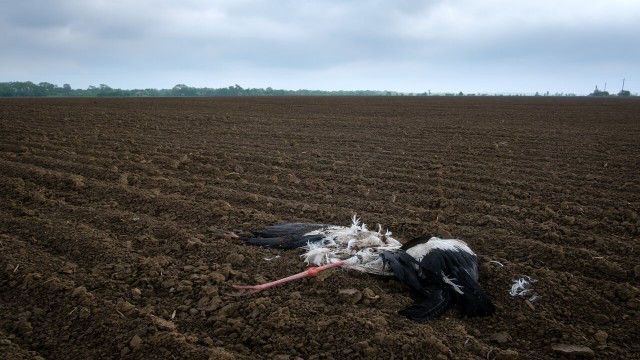



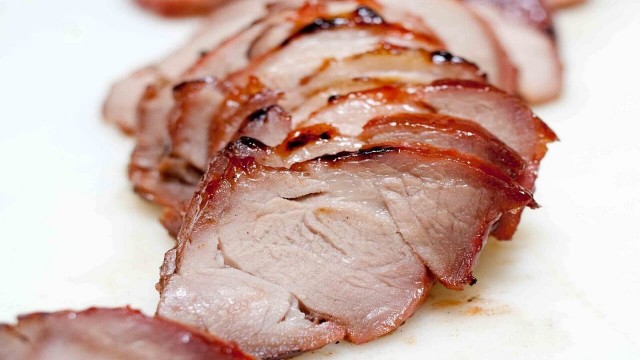

Share This Article: